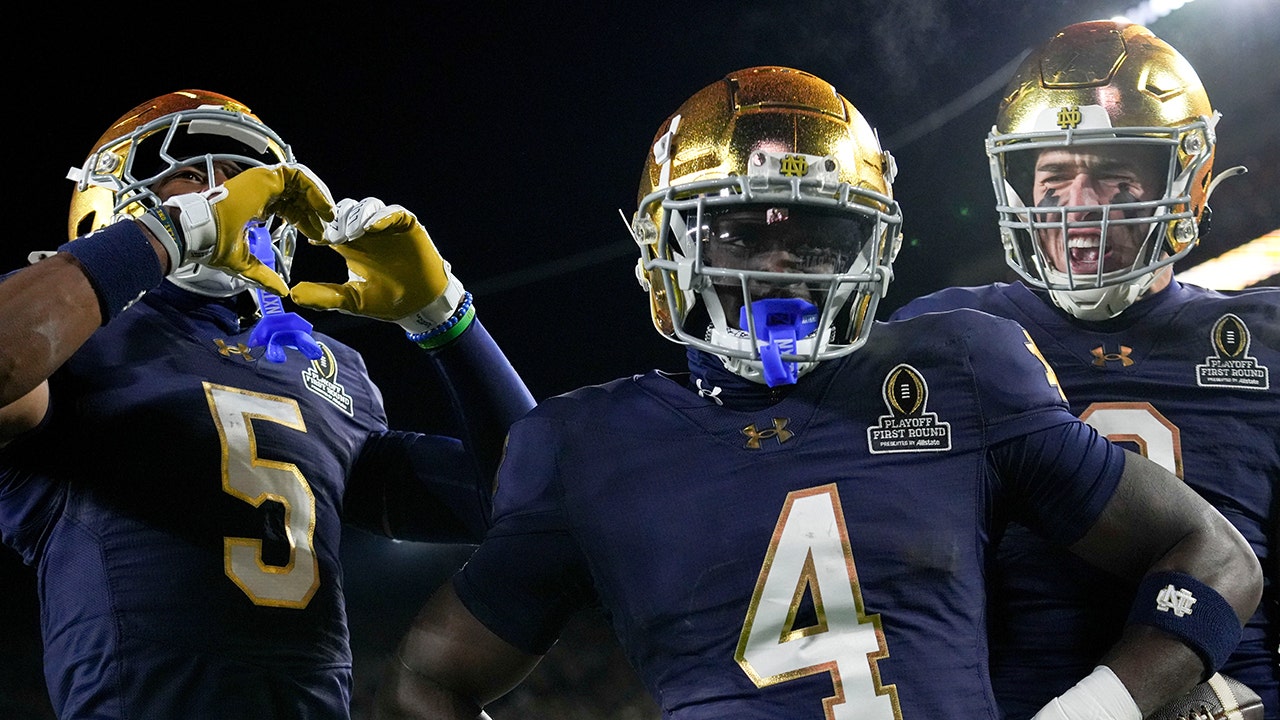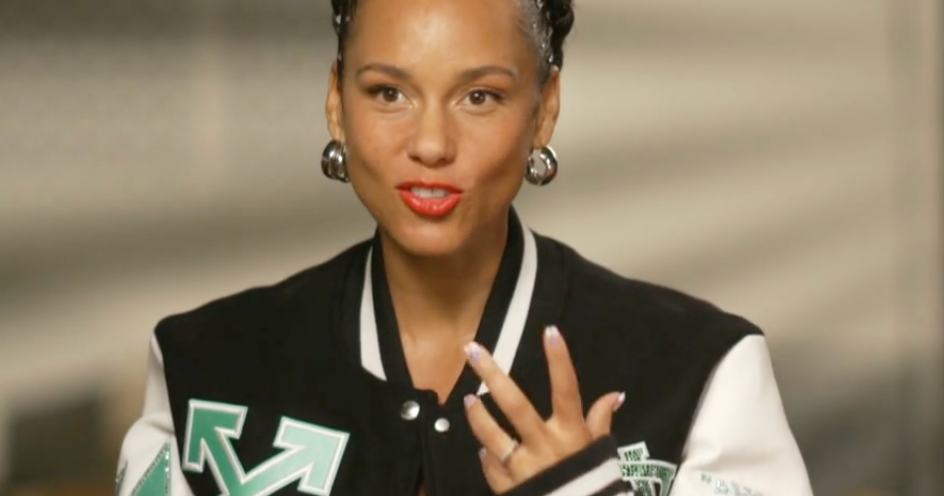“I Know Where I’m Going!” (1945) eventually showed up at a Boston revival house in the 1970s, and I gorged on its misty black-and-white imagery, its wit and eccentricity, while experiencing the kind of insight into a parent’s youthful dreams that all children hope for and so rarely get. That was my introduction to the movies of the Archers, a.k.a. Michael Powell and Emeric Pressburger — among the most magical feats of celluloid ever to come out of the British Isles.
You might have your own Archers origin story; Martin Scorsese certainly does. In the invaluable new documentary “Made in England: The Films of Powell and Pressburger,” presented and narrated by Scorsese from front-row center, he talks about seeing “The Thief of Bagdad” (1940), that Arabian Nights fever dream, on a tiny TV screen in his parents’ Little Italy apartment. The movie’s in riotous color, the TV set was black and white, and still little Marty was pulled into the vortex of its strangeness.
Repeated viewings of the Archers’ opera adaptation “The Tales of Hoffmann” (1951) on New York’s “Million Dollar Movie” “taught me pretty much all I know about the relation of camera to music,” Scorsese says in “Made in England.” When he got to the Technicolor maelstroms of “Black Narcissus” (1947) and “The Red Shoes” (1948), a grander alchemy occurred: “I was so bewitched by their films that they took up a big part of my cinema subconscious.”
The documentary, from British director David Hinton, allows Scorsese to demonstrate via film clips the lessons he applied from “The Red Shoes” to his own “Raging Bull” (1980) — “it’s dance, and you stay in the ring” — and from the Archers’ wartime epic “The Life and Death of Colonel Blimp” (1943) to Scorsese’s “The Age of Innocence” (1993). (“That’s what attracted me — that emotion is repressed and reserve is a must.”)
But “Made in England” is more than a great filmmaker’s genuflection. It’s a welcome introductory immersion for newcomers to Powell and Pressburger and, for old hands, a way to connect the dots of their films and their singular place in the history of cinema. The most well-known director to come from England during the studio era was Alfred Hitchcock, of course, but the Archers rank just below him in inventiveness while outstripping him in sheer emotional intensity and a preference for surrealism and spectacle over commercial notions of “good taste.”
They were as mismatched a pair as can be imagined. Powell was a proper British dreamer who worked his way up in the movie industry during the silent era and mastered his craft cranking out “quota quickies” in the 1930s, while Pressburger was a Hungarian Jew who arrived in England ahead of the Nazi wave. They met on the production of “The Spy in Black” (1939), and Powell later confessed, “I have never met a person who not only understood what I was driving at but guessed half of it before I said it.”
Pressburger wrote the original scripts, both men worked out the dialogue and Powell handled the directing. “They never argued,” Scorsese says, and “Made in England” shows how the war gave depth and purpose to their work, from the startling concept of 1941’s “49th Parallel” (Nazis on the run in Canada) to the aching heaven-can-wait fantasy of “A Matter of Life and Death” (1946). “Black Narcissus” is an erotic thriller set in a Himalayan nunnery, with a performance by Kathleen Byron that burns itself into the brain of everyone who sees it, and “The Red Shoes” is both the greatest ballet movie ever made and a gorgeously obsessive film about obsession.
The Archers’ partnership came undone in the 1950s — they finally argued — and without Pressburger anchoring him to a semblance of propriety, Powell made “Peeping Tom” (1960), a masterfully disturbing work about filmmaking, voyeurism, violence and madness that disgusted the public and destroyed his career. By the time Scorsese sought him out in the 1970s, Powell was living in a trailer in the English countryside. Scorsese helped “Peeping Tom” get rereleased to critical hosannas, introduced Powell to his go-to film editor Thelma Schoonmaker — the two wed in 1984 — and reestablished the Archers to their rightful place in the pantheon of 20th-century moviemakers.
Pressburger died in 1988, Powell in 1990, but as long as “The Red Shoes” and “Black Narcissus” still cause jaws to drop and “I Know Where I’m Going!” lodges in people’s hearts, their movies live on. Thank you, Archers, for the films, and thank you, Martin Scorsese and David Hinton, for this reminder to treasure them. And if I may be allowed — thanks, Mom.
Unrated. At the AFI Silver. Contains classic British weirdness and gob-stopping Technicolor. 131 minutes.
Ty Burr is the author of the movie recommendation newsletter Ty Burr’s Watch List at tyburrswatchlist.com.















































